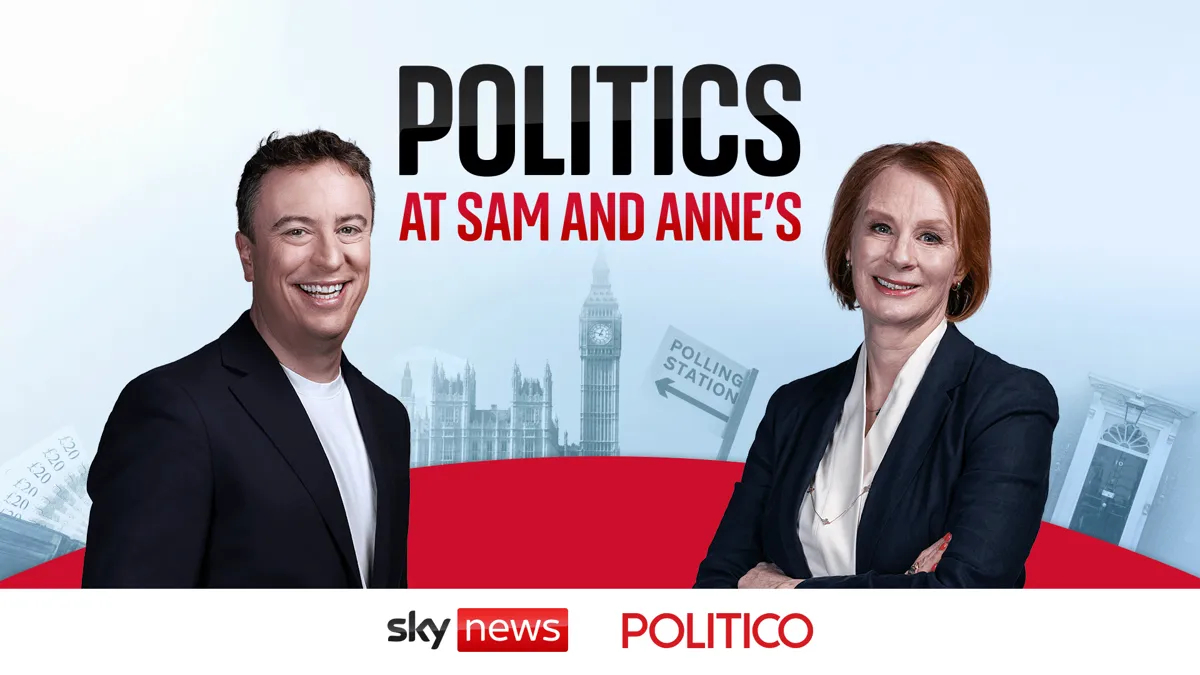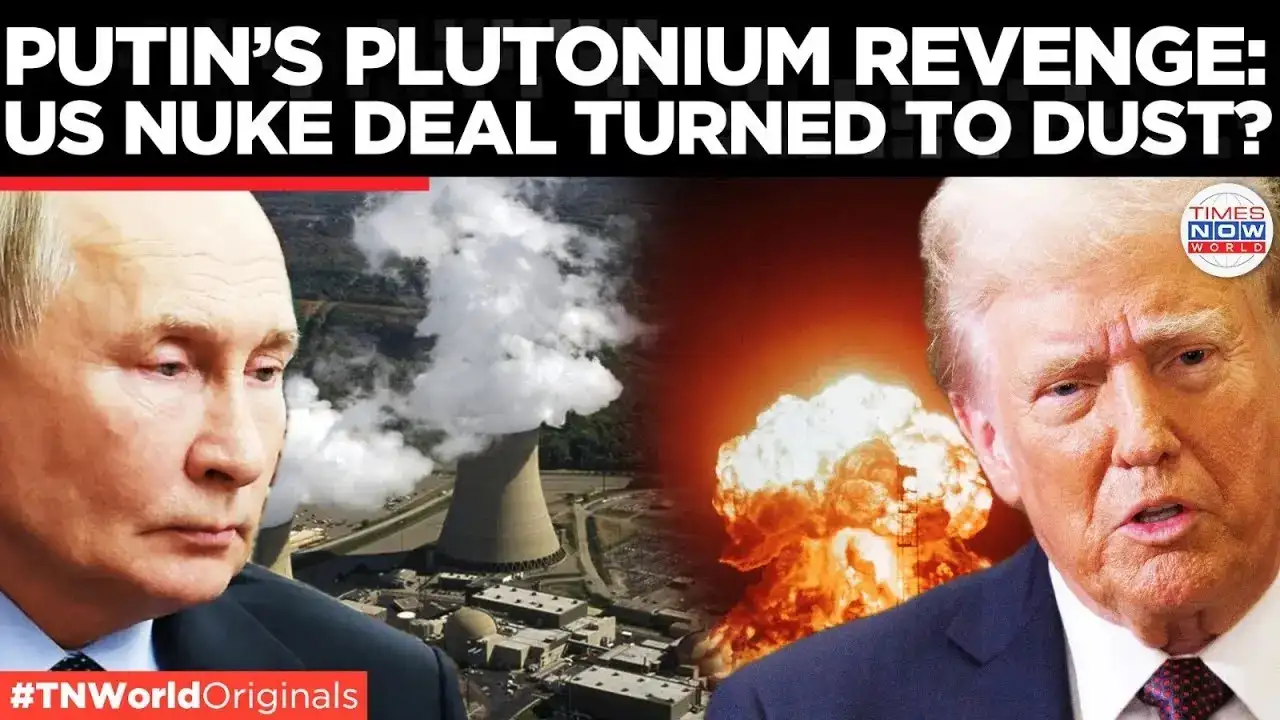Copyright Salt Lake City Deseret News

With a divided Congress that long ago ceded much of its responsibility to the executive branch and an energetic president eager to take advantage of that, litigants often look to the least democratic branch to police the boundaries of government power — the federal courts. Under those current circumstances, the nation’s highest court now carries an outsized burden in deciding how much authority presidents can wield. If recent years are an indication of where the U.S. Supreme Court stands, majorities of the nine justices have shown a greater skepticism toward broad assertions of power by the executive branch. In a 2022 case involving the Environmental Protection Agency’s enforcement of the Clean Air Act, the court held that Congress must “speak clearly” before the justices let lawmakers delegate decisions of “vast economic and political significance” to the executive. The following year, the court struck down President Joe Biden’s attempt to use a vague statute to cancel over $400 billion in student loans. And in a landmark government regulation case overturning the longheld Chevron deference legal doctrine, the court ruled last year that an agency’s interpretation of ambiguous laws is not entitled to deference; rather, it is the judiciary’s duty to “determine the best reading” of a contested statute. The key question for the Supreme Court’s upcoming term is whether its recent pushback on presidential authority will continue. For 50 years, the court has steadily decided fewer cases, and Chief Justice John Roberts’ court now issues the fewest decisions in modern history. A newer trend is its growing reliance on its “emergency docket” to issue terse, sometimes cryptic guidance. Meanwhile, the Trump administration — governing largely through executive orders on tariffs, birthright citizenship and more — appears poised to test the court’s skepticism of sweeping presidential power. Trump’s second act President Donald Trump’s 2020 defeat gave him and the MAGA movement four years to plan and to learn from the real and perceived mistakes that frustrated Trump’s agenda in his first term. This time, things are different. Several prominent agencies have been dismantled or left operating with skeleton staff. Deportations have surged. The president discontinued the system of racial preferences for federal employees and contractors that President Lyndon Johnson established in the 1960s. Hundreds of federal law enforcement officers and National Guard troops have been dispatched to assist police in Washington, D.C., and other cities. And beginning this past spring, Trump started to impose huge trade tariffs — the administration boasts it will generate $300 billion to partially offset a budget deficit this year. Whatever one thinks of these actions, what is striking is how quickly this agenda was accomplished — within weeks — largely because the president acted unilaterally with executive orders rather than new legislation. Former President Barack Obama once championed this approach — “I’ve got a pen, and I’ve got a phone” — but Trump, far less trusting of career bureaucrats than his predecessors, has concentrated decision-making in a tight inner circle. The result is a muscular assertion of presidential power in domestic affairs not seen since the Richard Nixon and Franklin D. Roosevelt administrations. From the Eisenhower administration until Biden’s term, presidents have averaged a few dozen executive orders per year. Trump has already issued around 200 and is on pace to exceed his first-term total within a single year. Modern presidents’ reliance on executive orders largely begins with Roosevelt. When he entered office in 1933, he inherited a fragile economy. Within 48 hours, he shuttered much of the banking system, citing a strained reading of a World War I statute. Congress quickly ratified his move in the Emergency Banking Act. This episode inaugurated what might be called the “emergency presidency” — since 1933, the United States has been almost continuously under some form of presidentially declared national emergency. Roosevelt issued over 1,500 executive orders in his first term alone, including one criminalizing “gold hoarding” and requiring Americans to surrender their gold to banks. Congress responded by passing the Gold Reserve Act, which put the president in charge of monetary policy, and Roosevelt promptly devalued the dollar by raising the gold price about 40 percent by proclamation. Other orders spawned massive programs like the Works Progress Administration, which employed millions and authorized the government seizure of aviation plants in preparation for war. The use of emergency orders was not limited to economic policy. In 1941, before America was at war, Roosevelt officials boasted they’d changed international financial regulations into “a frankly aggressive weapon against the Axis.” In 1942, Roosevelt issued Executive Order 9066, authorizing the creation of military exclusion zones and initiating the forced internal deportation of more than 110,000 people of Japanese, German and Italian descent, including tens of thousands of U.S. citizens. The Supreme Court upheld those actions in the Hirabayashi (1943) and Korematsu (1944) cases under the logic of wartime necessity. Congress largely acquiesced to Roosevelt’s sweeping measures, sometimes ratifying them after the fact, sometimes urging him on. For Roosevelt and his immediate successors, courts were hesitant to intervene, and presidential power grew immensely. In the 1970s, Congress attempted to limit the president’s broad emergency powers to respond to “unusual and extraordinary” threats to America and the government’s foreign policy. While that sounds like a limit on the president’s power, presidents have long interpreted “emergency” quite loosely. The internal politics of and conflicts within faraway locales — like Cote d’Ivoire and Balkan nations — are deemed extraordinary threats to the U.S. So temporary emergency actions have hardened into permanent expansions of presidential power. The World War I statute Roosevelt invoked is still used today to impose sanctions and seize assets. The “legal dark matter” of emergency powers he created remains embedded in American law. Seen in this light, Trump’s, Biden’s and Obama’s heavy reliance on executive orders is not a historical aberration but a continuation of a trend stretching back nearly a century. But Trump does stand out from his immediate predecessors. From the Eisenhower administration until Biden’s term, presidents have averaged a few dozen executive orders per year. Trump has already issued around 200 and is on pace to exceed his first-term total within a single year. The Supreme Court’s emergency docket is swelling with litigation in response. If those cases eventually get a hearing, the justices will have to decide whether to extend the same deference Roosevelt enjoyed or finally draw a new constitutional line around emergency powers. Inside the court The Supreme Court is unique. It is the only court created by the Constitution itself, and the only one Congress cannot abolish. It also has wide discretion to reject cases. And reject them it does: In a typical year, over 8,000 petitions for review are filed; lately, the court hears only 50 to 60. That output follows a 50-year steady decline and is historically low. In the 1960s, the court decided more than 350 cases per year. Today’s numbers are closer to the 1850s, when the court had the same number of justices (nine) but a far simpler legal landscape. The decline has heightened the significance of the emergency docket — dubbed more recently the “shadow docket” for its expedited nature and abbreviated rulings — which now shapes national policy in ways once reserved for decisions based on their full merits. Whether the court should hear more cases is debated. Chief Justice Roberts and his colleagues are acutely aware of their role: They are the only branch lacking electoral accountability, yet the court’s opinions are respected by the much more powerful Congress and president. As a result, the court is cautious and slow to correct errors; it took decades to dismantle “separate but equal” and over 70 years to repudiate its approval of Roosevelt’s concentration camps for Americans deemed “unreliable” in wartime. The court’s newfound skepticism of executive power, likewise, is proceeding in fits and starts. But one reason for the shrinking “traditional” docket is that the justices are frequently called on to decide emergency cases. Today, the court often checks or sustains presidential power not through lengthy arguments but through emergency orders — typically unsigned and unexplained — that resolve disputes in days rather than months. The Roberts court’s growing skepticism of sweeping executive power has manifested not only in landmark decisions, but also in terse emergency docket rulings that shape national policy almost instantly. Historically, such orders dealt with routine matters like scheduling. In the past decade, they have become vehicles for decisions of enormous consequence as regulators and presidents stretch statutes past their breaking points. In 2021, the court struck down the Centers for Disease Control and Prevention’s ban on evictions and the Occupational Safety and Health Administration’s vaccine mandate the following year, both through emergency rulings. Even election procedures during the pandemic were determined in part by emergency docket interventions. As a result, the Roberts court’s growing skepticism of sweeping executive power has manifested not only in landmark decisions like their rejection of Biden’s student loan forgiveness or repudiating agency-empowering Chevron deference, but also in terse emergency docket rulings that shape national policy almost instantly. There are several reasons for this reliance on the emergency docket. In some cases, lawmakers’ actions create time-sensitive disputes: During the 2024 campaign, several parties and state officials attempted to remove Trump from state primary ballots, and the justices acted quickly (and unanimously) to restore his name. In others, urgent civil liberties issues demanded immediate review: During the Covid-19 crisis, state and local officials singled out churches and other places of worship for stricter restrictions than businesses, prompting repeated Supreme Court rebukes of lower courts that upheld the policies. With a new Trump administration governing aggressively by executive order, the emergency docket will likely feature prominently in the constitutional battles to come. Tests of power If history shows how presidential power has grown through emergencies and executive orders, and if the court’s emergency docket demonstrates how those powers are contested today, the next term may well bring some of the most consequential tests of executive authority in decades. Several flashpoints stand out. Immigration. No area has generated more high-stakes executive orders — or more litigation — than immigration. Trump has already imposed a series of aggressive measures, including mass deportations. These orders have been challenged immediately by civil liberties groups, states and affected individuals. Lower courts have issued broad injunctions, setting the stage for the Supreme Court to step in on its emergency docket. The question is whether the court’s skepticism of broad executive power will extend to immigration, an area where presidents have long been given wide latitude under the banner of national security. Tariffs and trade policy. Trump has also imposed sweeping tariffs, invoking vague emergency powers Congress authorized long ago. These tariffs are expected to collect over $300 billion this year, dramatically reshaping global trade. The court has historically been deferential in this area, treating tariff and foreign affairs powers as quintessentially executive. But the economic disruption the tariffs produce prompted challenges under the “major questions doctrine.” A federal appellate court struck the tariffs down as unlawful, and while the case did not arise on the emergency docket, it moved quickly through the courts. The Supreme Court has already agreed to hear the government’s appeal. If forgiving student loans requires explicit congressional approval, does not a president’s unilateral imposition of hundreds of billions in new tariffs also require it? The justices have signaled a new willingness to constrain the president and his delegates. At the same time, the court has relied increasingly on its emergency docket, often shaping consequential questions of presidential power with only a few sentences. Birthright citizenship. Perhaps the most explosive test could be over birthright citizenship. Trump signed a Day 1 executive order to stop granting citizenship to children born in the U.S. to mothers who are living in the country illegally or on temporary visas. The 14th Amendment’s citizenship clause has long been understood to guarantee citizenship to anyone born on U.S. soil, with some narrow exceptions. It seems inevitable the court will hear this case. A decision this summer about birthright citizenship resolved only a procedural issue, leaving the core constitutional question: how far a president may go in reshaping the 14th Amendment through executive action. Taken together, immigration, tariffs and citizenship represent a trifecta of challenges that will force the Roberts court to define the limits of presidential authority. Will it apply and extend its new doctrines, even when national security and foreign affairs are invoked? Or will it revert to the deference shown to Roosevelt and his immediate successors? How power becomes permanent From Franklin Roosevelt’s sweeping emergency orders during the Depression and World War II to today’s late-night emergency docket rulings, the American government has wrestled with the same problem: How far can a president go when acting alone? Each generation has confronted the temptation of “government by executive order” as courts struggle to balance energy in the executive with constitutional limits. For decades, the pattern has been one of drift. Congress, finding lawmaking cumbersome and politically perilous, has delegated many of its lawmaking powers to the president. Courts, reluctant to wade into political disputes, have too often deferred. The result is a one-way ratchet: Powers asserted in crisis become permanent tools of the presidency. Yet the Roberts court has shown signs of change. By dismantling Chevron deference, embracing the “major questions” doctrine of Congress needing to explicitly delegate authority to the executive, and scrutinizing executive actions on immigration, student loans and public health, the justices have signaled a new willingness to constrain the president and his delegates. At the same time, the court has relied increasingly on its emergency docket to manage disputes, often shaping consequential questions of presidential power with only a few sentences. The coming term will test whether this skepticism of executive power is a phase or a lasting realignment. If the court permits expansive reliance on inherited emergency statutes and executive proclamations, it will entrench a presidency that often displaces Congress as the nation’s lawmaker. The nation’s founders didn’t anticipate that imbalance. But it’s difficult to constrain a president when Congress has charged the executive branch with overseeing much of the country’s domestic and global affairs.



